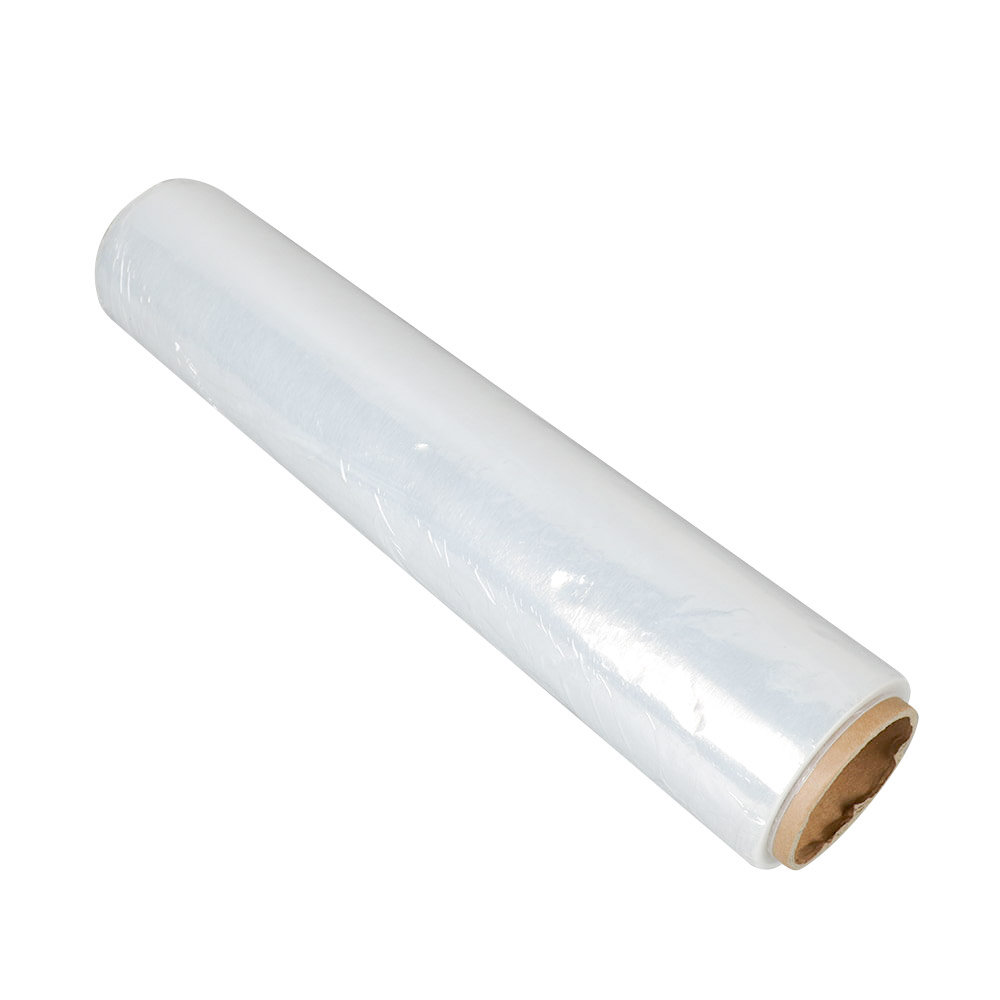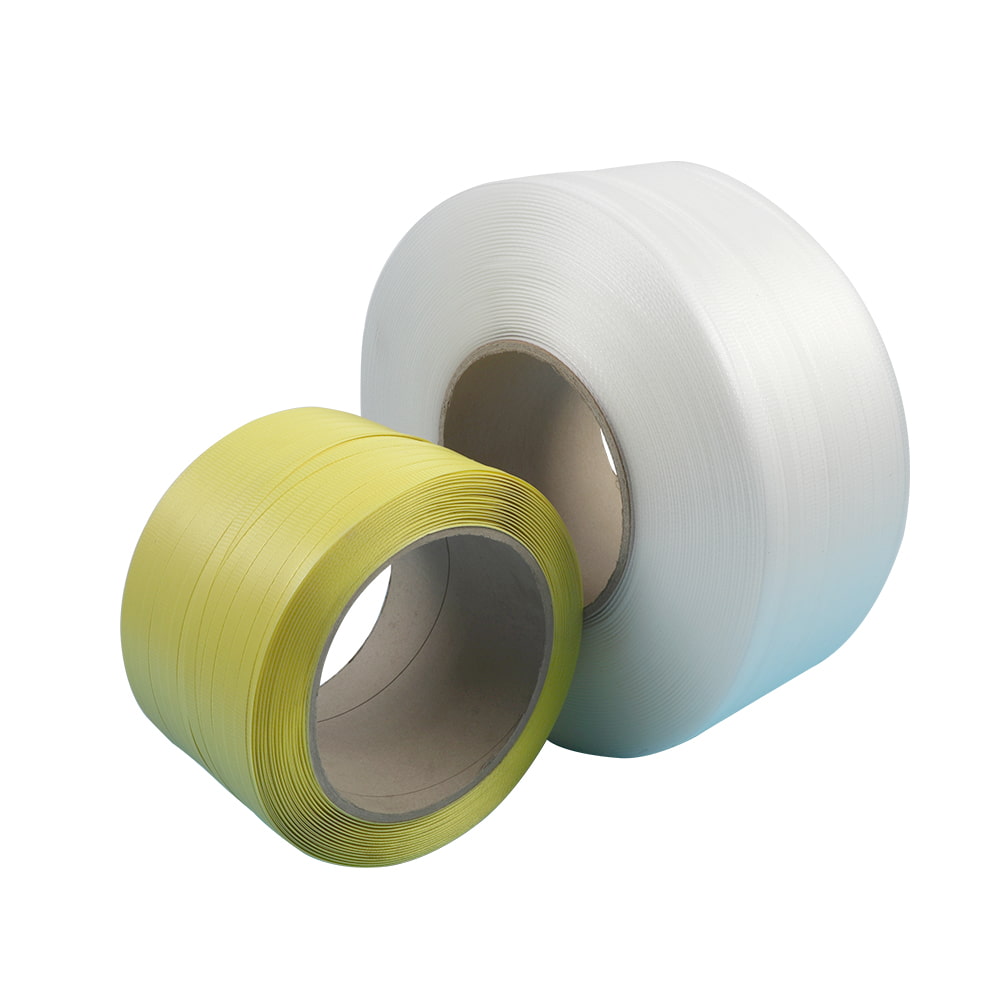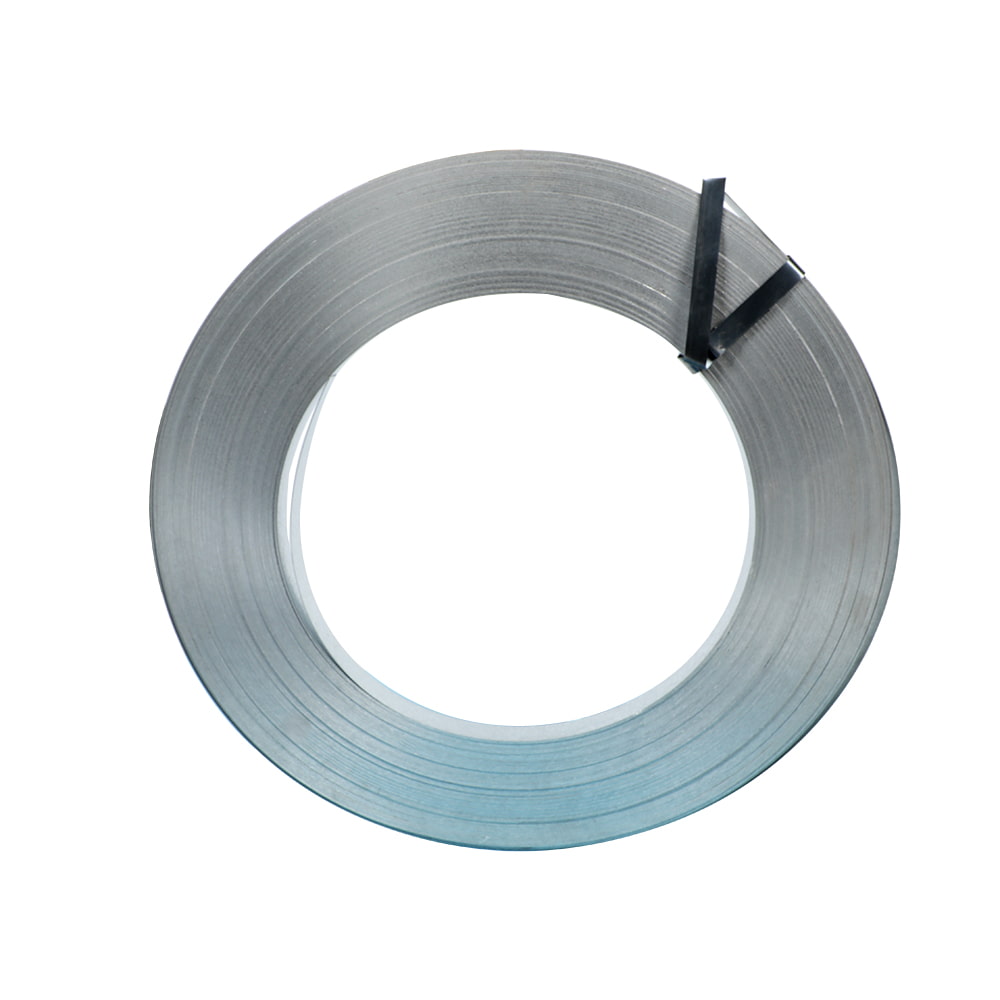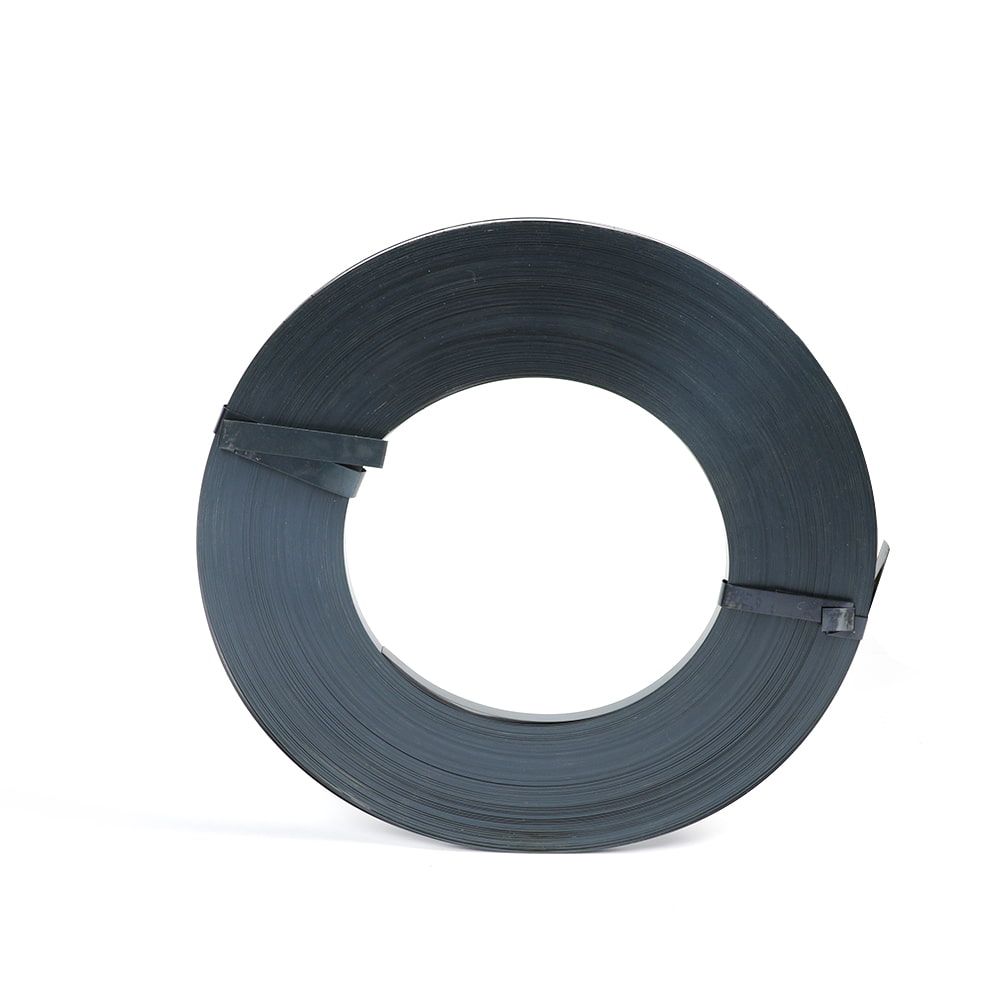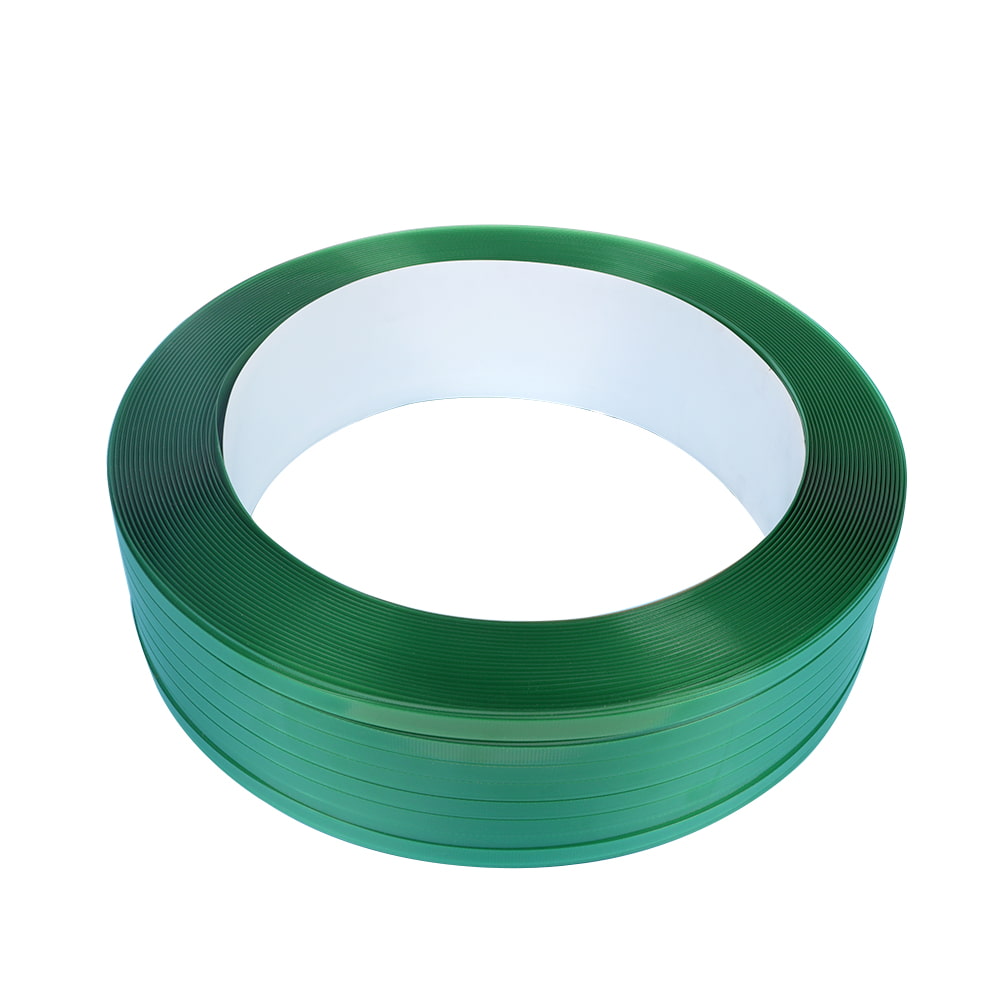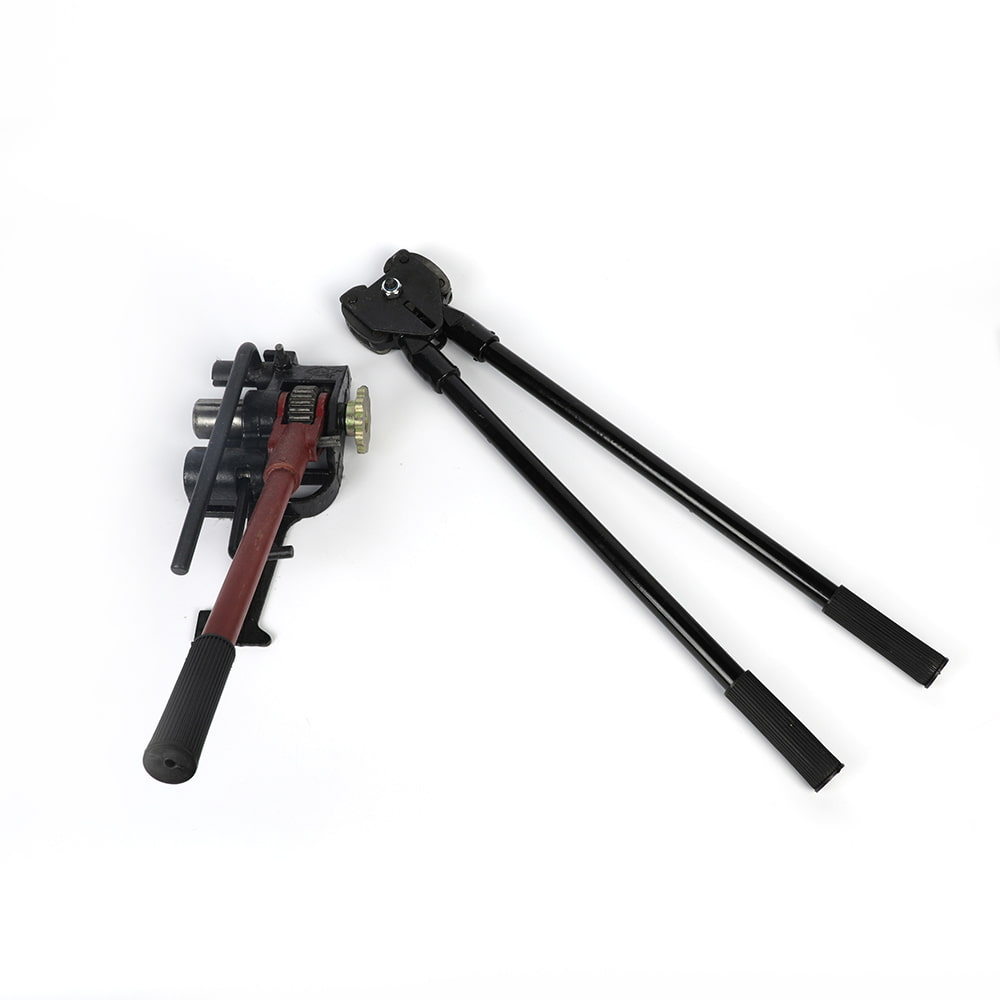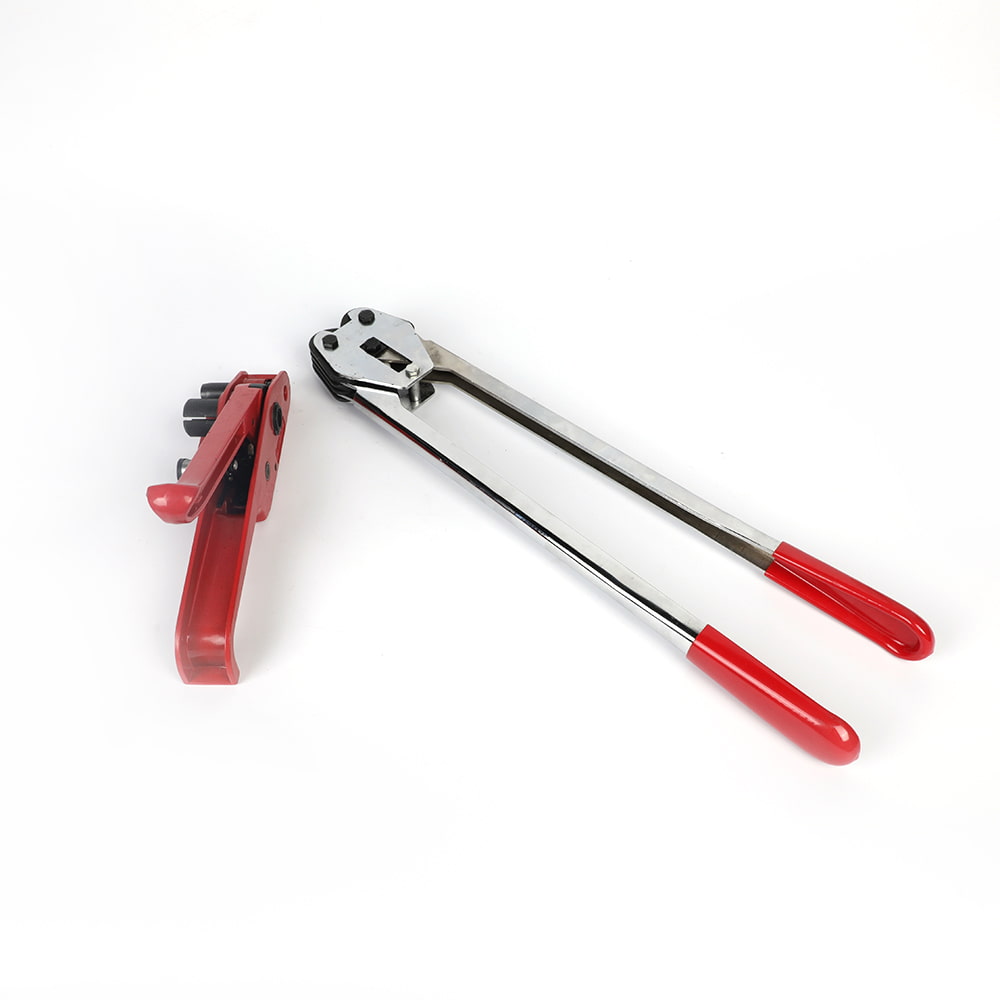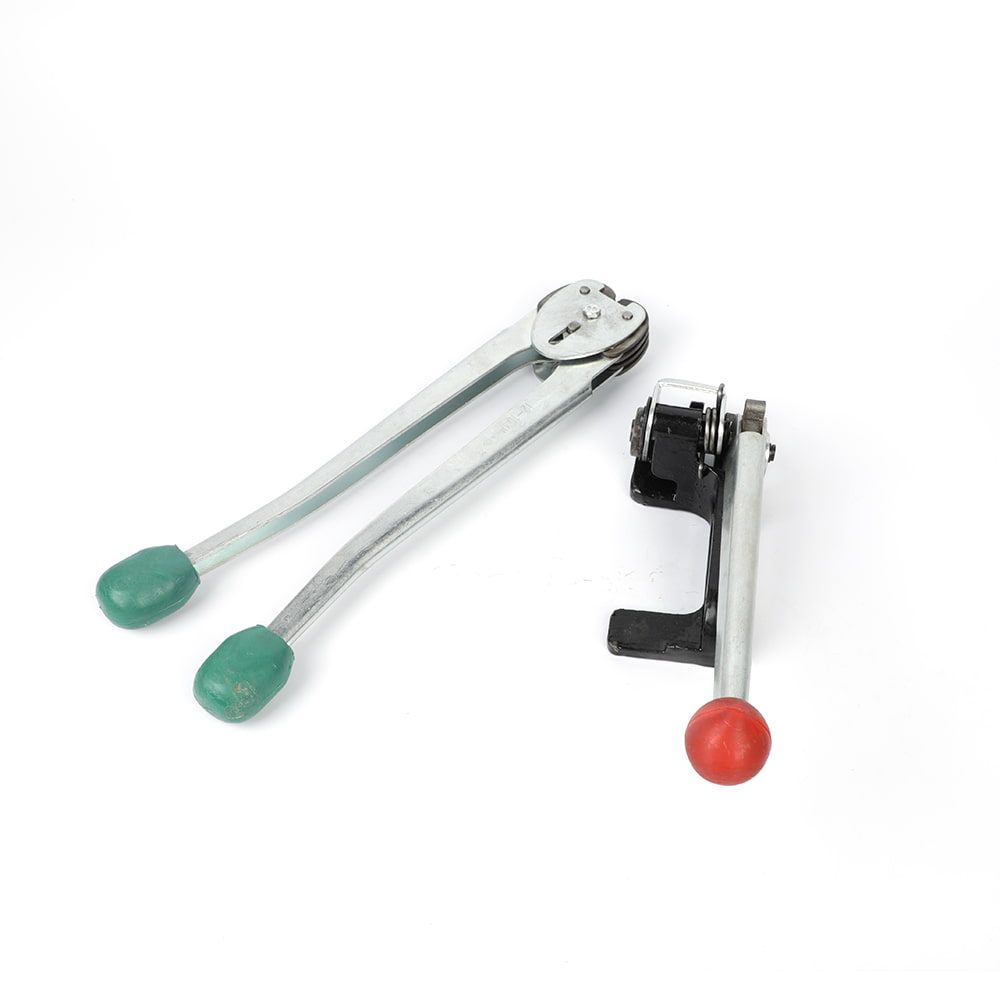How does a Steel Strapping Machine work?
In the high-stakes world of heavy industry, logistics, and construction, securing massive loads for transport is paramount. Failure isn't an option when moving steel coils, construction materials, or heavy machinery. Enter the Steel Strapping Machine – a robust, often automated workhorse silently ensuring stability and safety in warehouses and factories worldwide.
Unlike simpler plastic strapping tools, steel strapping machines are engineered for strength and durability. Their core function is to securely apply high-tensile steel strapping around a load and tightly fasten the ends together, creating a rigid, tamper-resistant bundle. The process, while appearing straightforward, involves precise mechanical actions:
Strap Feeding & Positioning: The machine pulls steel strapping from a large coil through a series of feed wheels or rollers. This strap is guided around the load, either manually by an operator positioning the strap loop, or automatically via an integrated strapping head that orbits the package. The ends overlap significantly at a designated point, usually under the strapping head.
Tensioning: The Heart of Security: Once positioned, the machine grips the overlapped strap ends firmly. Powerful gears or hydraulic systems then engage, pulling the strap backwards with significant force. This action cinches the strap tightly around the load, compressing it and eliminating slack. Achieving the correct tension is critical – too little, and the load shifts; too much could damage the strap or the product. Modern machines often feature adjustable tension settings for different load requirements.
Sealing the Bond: With optimal tension achieved, the overlapping strap ends must be permanently joined. This is where the Steel Strapping Machine showcases its specialized capability. The two most common sealing methods are:
Seal Clasp (Crimp Seal): A small, malleable steel seal is placed over the overlapped strap ends. Powerful jaws within the strapping head then crush (crimp) this seal around both strap layers, deforming the metal to lock them together under immense pressure.
Friction Weld Seal: For an even stronger, seamless bond, some machines utilize friction welding. The overlapped strap ends are pressed together under high pressure while an oscillating component generates intense friction heat. The metal surfaces melt and fuse, creating a solid, homogeneous weld.
Cutting & Retraction: After sealing, a cutting blade cleanly severs the strap tail from the main feed coil. The strapping head then releases the sealed joint, and any remaining strap is retracted slightly to prepare for the next cycle.
Beyond the Basics: Modern Steel Strapping Machines often incorporate advanced features. Semi-automatic models require an operator to position the strap loop but automate tensioning, sealing, and cutting. Fully automatic systems integrate seamlessly into production lines, sensing package presence, automatically feeding strap around the load, and performing the entire strapping cycle without manual intervention. Safety features like guards and sensors are paramount.
Why Steel Strapping Matters: Steel strapping offers unparalleled tensile strength and resistance to abrasion, sharp edges, and high temperatures – crucial for heavy, dense, or sharp-edged loads. The Steel Strapping Machine is the essential tool that harnesses this strength reliably and efficiently. It prevents load shift during transit, minimizing product damage, ensuring worker safety during handling and transport, and optimizing space utilization on trucks and in warehouses.

 EN
EN 
 English
English 中文简体
中文简体

